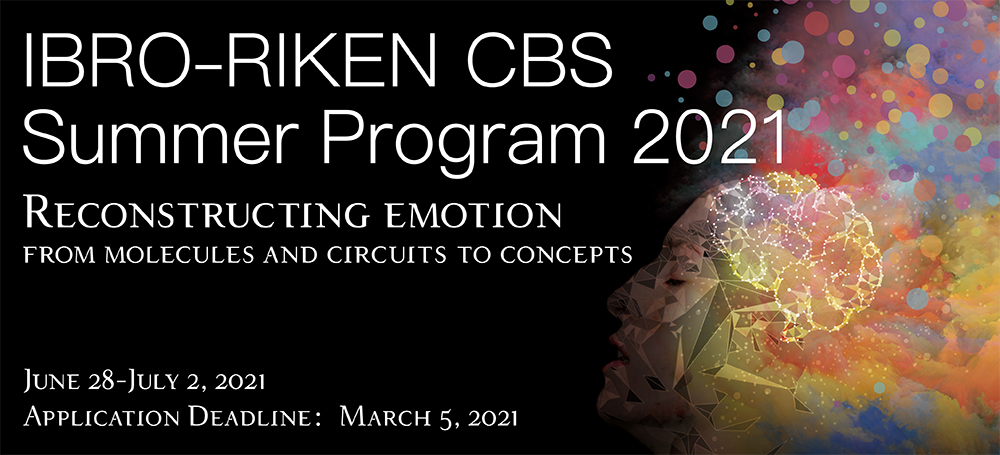

[L8] Behavioral and Neurobiological Mechanisms of Social Cooperation
Lecturer
Date/Time
June 30, 2021 10:40am-12:00pm
Abstract
Human society operates on large-scale cooperation and shared norms of fairness. However, individual differences in cooperation and incentives to free-riding on others’ cooperation make large-scale cooperation fragile and can lead to reduced social-welfare. Deciphering the neural codes representing potential rewards/costs for self and others is crucial for understanding social decision-making and cooperation. I will first talk about how we integrate computational modeling with functional magnetic resonance imaging to investigate the neural representation of social value and the modulation by oxytocin, a nine-amino acid neuropeptide, in participants evaluating monetary allocations to self and other (self-other allocations). Then I will introduce our recent studies examining the neurobiological mechanisms underlying intergroup decision-making using hyper-scanning, and share with you how we alter intergroup decisions using psychological manipulations and pharmacological challenge. Finally, I will share with you our on-going project that reveals how individual cooperation spreads through human social networks. Our results help to better understand the neurocomputational mechanism underlying interpersonal and intergroup decision-making.
References
- Yang, J., Zhang, H., Ni, J., De Dreu, C., Ma, Y.* (2020). Within-group synchronization in the prefrontal cortex associates with intergroup conflict. Nature Neuroscience. 23, 754–760.
- Liu, Y., Li, S., Lin, W., Li, W., Yan, X., Wang, X., Pan, X., Rutledge, R.B., Ma, Y.* (2019). Oxytocin modulates social value representations in the amygdala. Nature Neuroscience, 22, 633-41.
- Zhang, H., Gross, J., De Dreu, C., Ma, Y.* (2019). Oxytocin promotes coordinated out-group attack during intergroup conflict in humans. eLife, 8, e40698.



